Services
At our practice, we believe that every body tells a different story. That’s why our licensed massage therapists tailor each session to your unique needs—whether you’re managing chronic pain, healing from an injury, or simply looking to relax and recharge. With services like deep tissue massage, sports massage, myofascial release, trigger point therapy, and injury rehabilitation, we focus on treating the root causes of discomfort to support true healing and lasting relief.
Active Isolation Stretch Therapy (AIST)
Active Isolation Stretch Therapy (AIST) is a stretching technique designed to enhance flexibility and improve muscle function.
Key Features
Key features include:
1. Isolation of Muscles: Focuses on specific muscles while allowing others to remain relaxed.
2. Active Movement: Involves contracting the muscle being stretched to increase its length effectively.
3. Short Duration: Stretches are held for a brief period (typically 2 seconds) to prevent the stretch reflex, allowing for deeper stretching.
4. Repetitive Stretching: The technique emphasizes repeated stretches to gradually increase flexibility.
5. Breath Control: Coordination of breath with movement helps in relaxation and effectiveness of the stretch.
Frequent Uses
AIST is often used by athletes and in rehabilitation settings to improve range of motion and prevent injuries.


Active Isolation Stretch Therapy (AIST)
Active Isolation Stretch Therapy (AIST) is a stretching technique designed to enhance flexibility and improve muscle function.
Key Features
Key features include:
1. Isolation of Muscles: Focuses on specific muscles while allowing others to remain relaxed.
2. Active Movement: Involves contracting the muscle being stretched to increase its length effectively.
3. Short Duration: Stretches are held for a brief period (typically 2 seconds) to prevent the stretch reflex, allowing for deeper stretching.
4. Repetitive Stretching: The technique emphasizes repeated stretches to gradually increase flexibility.
5. Breath Control: Coordination of breath with movement helps in relaxation and effectiveness of the stretch.
Frequent Uses
AIST is often used by athletes and in rehabilitation settings to improve range of motion and prevent injuries.
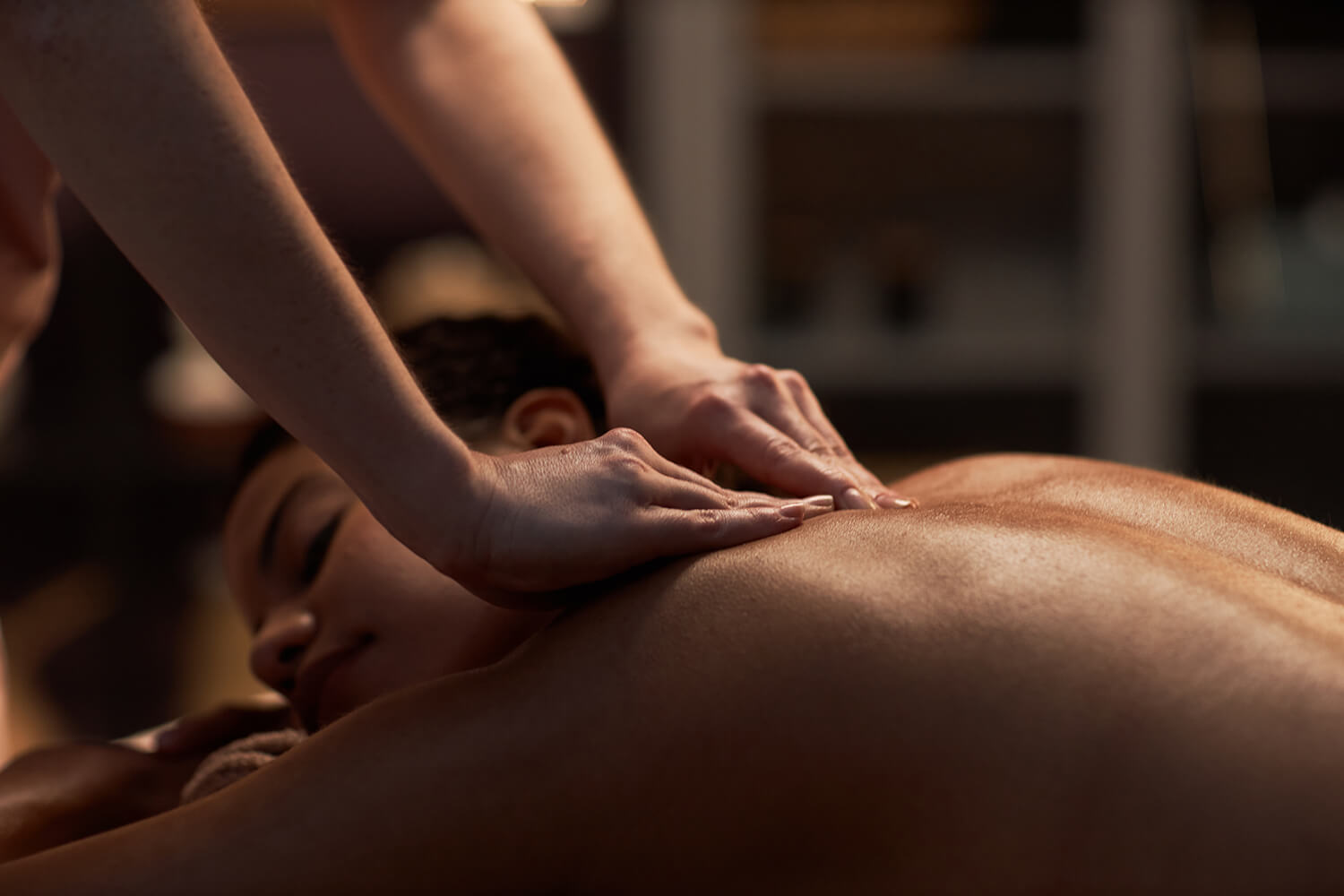
Medical Massage
Medical massage is a therapeutic approach that focuses on addressing specific medical conditions or injuries through targeted massage techniques.
Key Features
Key features include:
1. Clinical Focus: Aimed at treating specific health issues, such as chronic pain, injuries, or post-surgical recovery.
2. Therapeutic Techniques: Utilizes various massage methods tailored to the individual’s needs, including deep tissue, myofascial release, and trigger point therapy.
3. Collaboration with Healthcare Providers: Often works in conjunction with other medical treatments, involving referrals from doctors or physical therapists.
4. Assessment and Treatment: Involves assessing the client’s condition to create a personalized treatment plan.
5. Pain Relief and Rehabilitation: Aims to alleviate pain, improve mobility, and promote healing.
Frequent Uses
Medical massage is commonly used in clinical settings to support recovery and enhance overall well-being.
Blading
Blading, also known as gua sha or instrument-assisted soft tissue mobilization, involves using a smooth-edged tool to scrape the skin’s surface.
Key Benefits
In sports massage, its benefits include:
1. Improved Circulation: Enhances blood flow to the treated area, promoting healing.
2. Reduced Muscle Tension: Helps release tightness and alleviate muscle soreness.
3. Increased Range of Motion: Can improve flexibility and mobility in the muscles and joints.
4. Fascia Release: Aids in breaking down adhesions and scar tissue in the fascia, leading to better muscle function.
5. Pain Relief: Provides relief from chronic pain and discomfort associated with athletic activities.
6. Enhanced Recovery: Supports quicker recovery from injuries and strenuous workouts.
Frequent Uses
Blading is often integrated into sports massage to complement traditional techniques and enhance overall treatment effectiveness.
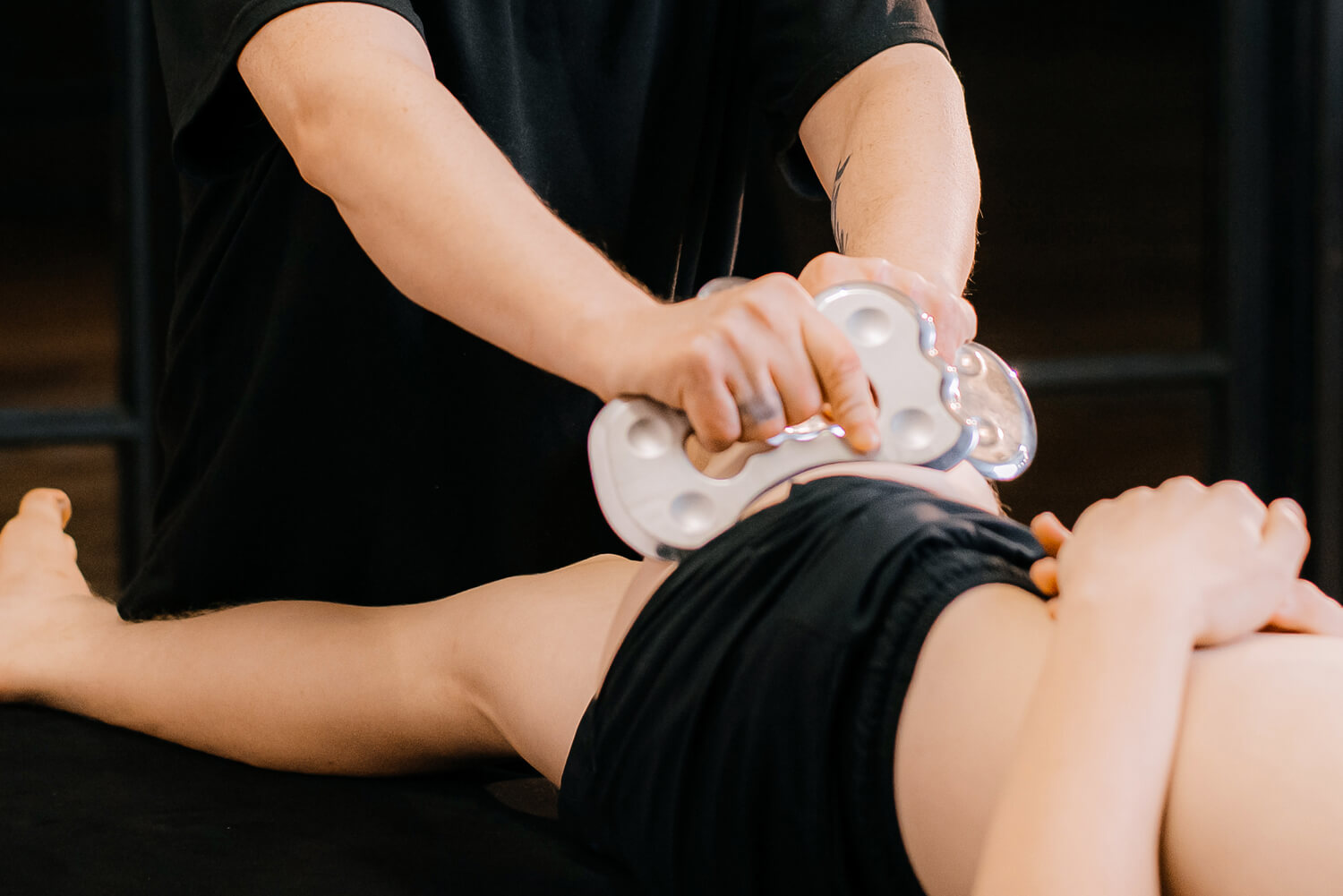

Blading
Blading, also known as gua sha or instrument-assisted soft tissue mobilization, involves using a smooth-edged tool to scrape the skin’s surface.
Key Benefits
In sports massage, its benefits include:
1. Improved Circulation: Enhances blood flow to the treated area, promoting healing.
2. Reduced Muscle Tension: Helps release tightness and alleviate muscle soreness.
3. Increased Range of Motion: Can improve flexibility and mobility in the muscles and joints.
4. Fascia Release: Aids in breaking down adhesions and scar tissue in the fascia, leading to better muscle function.
5. Pain Relief: Provides relief from chronic pain and discomfort associated with athletic activities.
6. Enhanced Recovery: Supports quicker recovery from injuries and strenuous workouts.
Frequent Uses
Blading is often integrated into sports massage to complement traditional techniques and enhance overall treatment effectiveness.
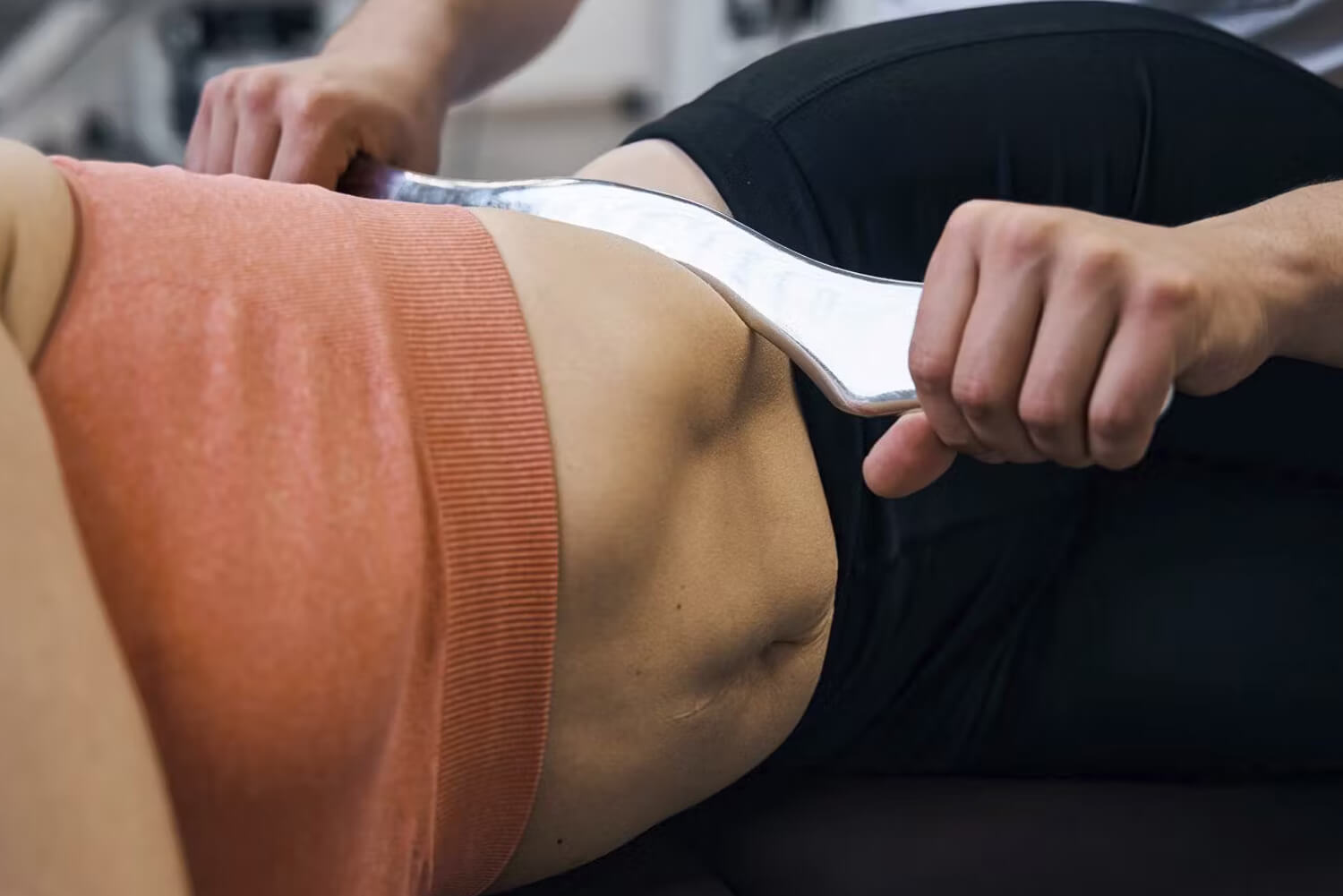
Instrument Assisted Soft Tissue Mobilization (IASTM)
Instrument Assisted Soft Tissue Mobilization (IASTM) is a therapeutic technique that uses specialized tools to treat soft tissue injuries and dysfunction.
Key Features
Key features include:
1. Use of Tools: Practitioners use smooth-edged instruments to glide over the skin, targeting muscles, fascia, and connective tissues.
2. Enhanced Mobility: The technique helps break down scar tissue and adhesions, promoting improved flexibility and range of motion.
3. Improved Blood Flow: IASTM increases circulation to the affected areas, aiding in the healing process.
4. Pain Reduction: It can help alleviate pain and discomfort associated with soft tissue injuries.
5. Fascia Treatment: The method effectively addresses issues in the fascia, which can contribute to pain and movement restrictions.
Frequent Uses
IASTM is often used in physical therapy, sports rehabilitation, and massage therapy to enhance recovery and improve overall function.
Muscle Energy Technique (MET)
Muscle Energy Technique (MET) is a manual therapy approach used to improve flexibility, reduce pain, and restore proper function.
Key Features
Key features include:
1. Active Contraction: The technique involves the patient actively contracting specific muscles against a counterforce provided by the practitioner.
2. Stretching: After the contraction, the muscle is gently stretched to enhance flexibility and range of motion.
3. Self-Correction: MET encourages the body to correct muscle imbalances and improve alignment.
4. Pain Relief: It can help alleviate pain and tension in the muscles and joints.
5. Rehabilitation: Often used in physical therapy and chiropractic care to aid recovery from injuries.
Frequent Uses
MET is a safe and effective method for promoting muscle balance and improving overall movement patterns.
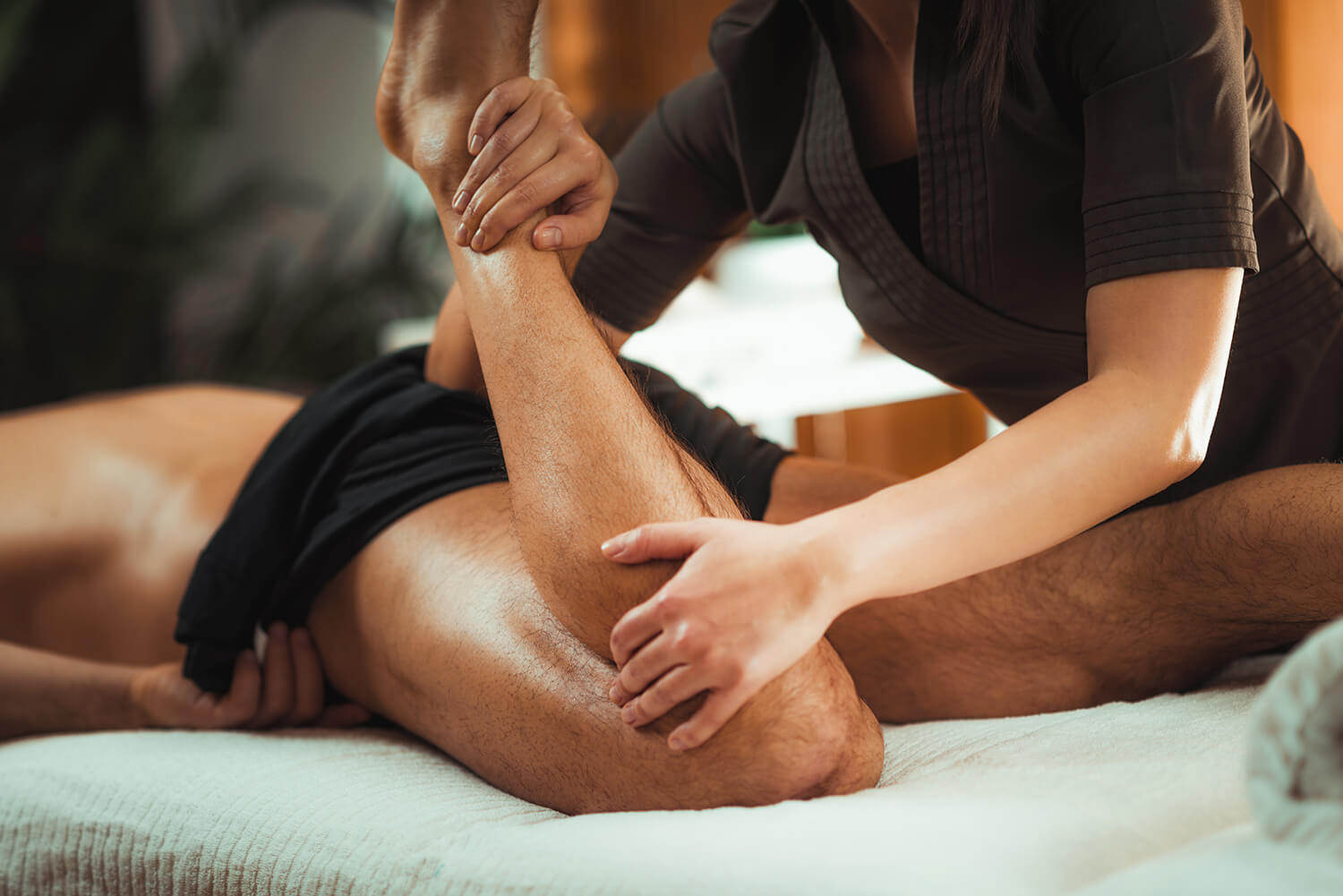

Muscle Energy Technique (MET)
Muscle Energy Technique (MET) is a manual therapy approach used to improve flexibility, reduce pain, and restore proper function.
Key Features
Key features include:
1. Active Contraction: The technique involves the patient actively contracting specific muscles against a counterforce provided by the practitioner.
2. Stretching: After the contraction, the muscle is gently stretched to enhance flexibility and range of motion.
3. Self-Correction: MET encourages the body to correct muscle imbalances and improve alignment.
4. Pain Relief: It can help alleviate pain and tension in the muscles and joints.
5. Rehabilitation: Often used in physical therapy and chiropractic care to aid recovery from injuries.
Frequent Uses
MET is a safe and effective method for promoting muscle balance and improving overall movement patterns.

Rehabilitation Massage
Rehabilitation massage is a specialized form of massage therapy aimed at aiding recovery from injuries, surgeries, or chronic pain conditions.
Key Features
Key features include:
1. Targeted Techniques: Utilizes various massage techniques, such as deep tissue, myofascial release, and trigger point therapy, tailored to the individual’s needs.
2. Pain Relief: Focuses on alleviating pain and discomfort associated with injuries or post-surgical recovery.
3. Improved Mobility: Aims to restore range of motion and flexibility in affected areas.
4. Enhancement of Healing: Promotes blood flow and lymphatic drainage, which can accelerate the healing process.
5. Supportive Therapy: Often used in conjunction with other rehabilitation methods, such as physical therapy, to create a comprehensive recovery plan.
Frequent Uses
Rehabilitation massage is beneficial for athletes, post-surgical patients, or anyone recovering from trauma, as it addresses both physical and emotional aspects of recovery.
Active Release Therapy (ART)
Active Release Therapy (ART) is a manual therapy technique designed to treat soft tissue injuries and conditions.
Key Features
Key features include:
1. Targeted Approach: ART focuses on specific muscles, tendons, ligaments, fascia, and nerves that may be restricted or injured.
2. Active Movement: During the treatment, the practitioner applies pressure to the affected area while the patient actively moves through a range of motion. This helps to identify and release tightness and adhesions.
3. Pain Relief: The technique can effectively alleviate pain, improve mobility, and restore function.
4. Customized Treatment: ART is tailored to the individual’s specific condition and needs, making it suitable for various injuries and chronic pain issues.
5. Wide Application: It is commonly used by athletes, physical therapists, and chiropractors to address problems like muscle strains, overuse injuries, and postural issues.
Frequent Uses
Overall, Active Release Therapy is a dynamic and effective approach to soft tissue rehabilitation and performance enhancement.
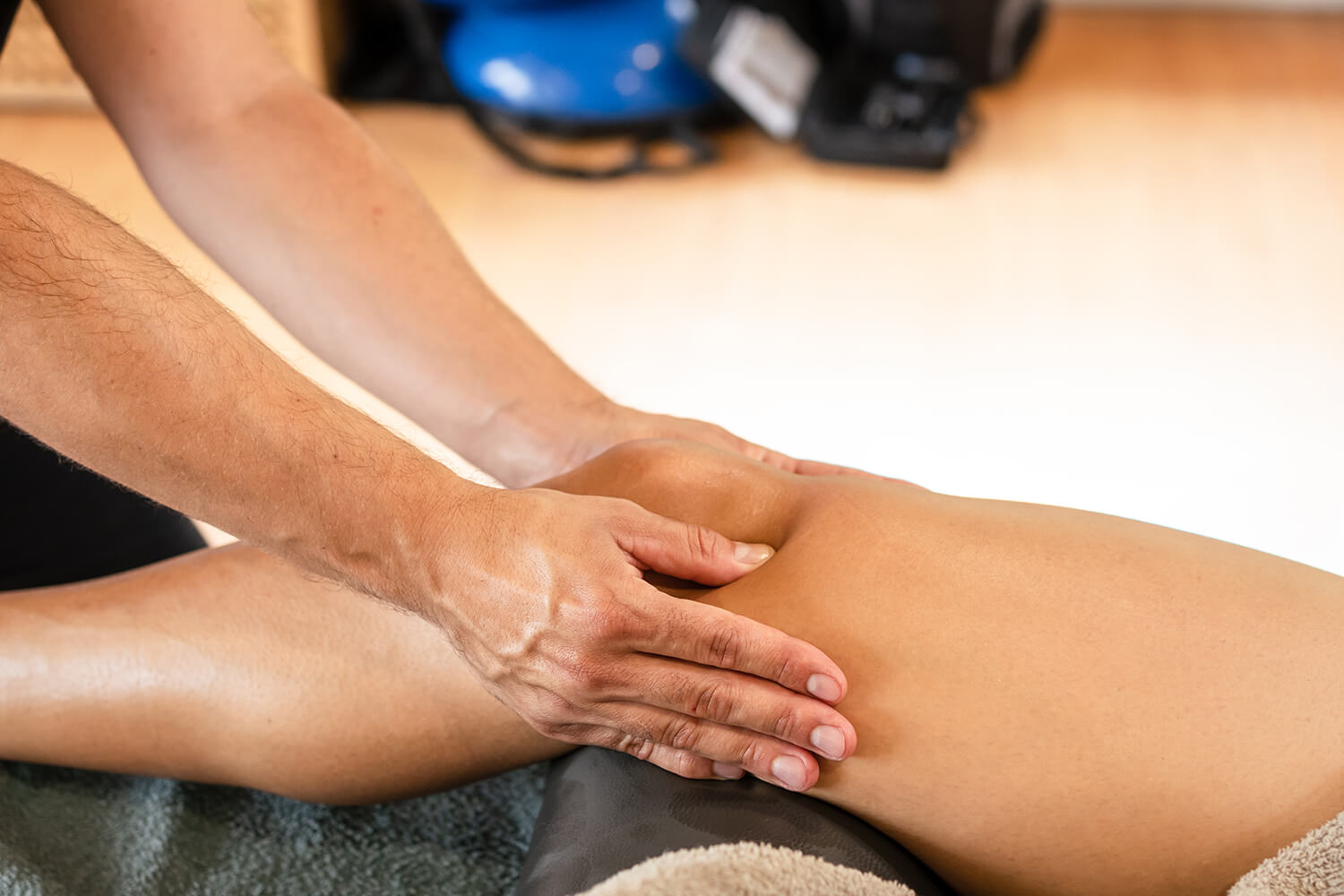

Active Release Therapy (ART)
Active Release Therapy (ART) is a manual therapy technique designed to treat soft tissue injuries and conditions.
Key Features
Key features include:
1. Targeted Approach: ART focuses on specific muscles, tendons, ligaments, fascia, and nerves that may be restricted or injured.
2. Active Movement: During the treatment, the practitioner applies pressure to the affected area while the patient actively moves through a range of motion. This helps to identify and release tightness and adhesions.
3. Pain Relief: The technique can effectively alleviate pain, improve mobility, and restore function.
4. Customized Treatment: ART is tailored to the individual’s specific condition and needs, making it suitable for various injuries and chronic pain issues.
5. Wide Application: It is commonly used by athletes, physical therapists, and chiropractors to address problems like muscle strains, overuse injuries, and postural issues.
Frequent Uses
Overall, Active Release Therapy is a dynamic and effective approach to soft tissue rehabilitation and performance enhancement.

Stretch Release Therapy
Stretch Release Therapy is a therapeutic technique that combines stretching and myofascial release to promote relaxation, improve flexibility, and alleviate muscle tension.
Key Features
Key features include:
1. Gentle Stretching: Involves slow and controlled stretching of muscles and connective tissues to enhance flexibility and range of motion.
2. Fascial Release: Focuses on releasing restrictions in the fascia, the connective tissue surrounding muscles, which can contribute to pain and discomfort.
3. Pain Relief: Aims to reduce muscle tension and discomfort, providing relief from chronic pain conditions.
4. Mind-Body Connection: Often incorporates breath work and mindfulness techniques to enhance relaxation and promote a sense of well-being.
5. Holistic Approach: Treats not only the physical aspects of tension but also encourages emotional and mental relaxation.
Frequent Uses
Stretch Release Therapy is beneficial for individuals seeking to improve their overall flexibility, recover from injuries, or reduce stress and tension in their bodies.
Neuromuscular Therapy (NMT)
Neuromuscular Therapy (NMT) is a specialized form of manual therapy that focuses on the relationship between the nervous system and musculoskeletal pain.
Key Features
Key features include:
1. Pain Assessment: NMT involves a thorough assessment of pain patterns, muscle tension, and trigger points to identify the root causes of discomfort.
2. Trigger Point Therapy: Targets specific areas of muscle tightness, known as trigger points, that can refer pain to other areas of the body.
3. Muscle Relaxation: Aims to release tension in the muscles through various techniques, including deep pressure, stretching, and positional release.
4. Improved Function: NMT not only alleviates pain but also helps restore normal functioning of the muscles and joints.
5. Holistic Approach: Considers the entire body and its systems, addressing physical, emotional, and postural aspects that may contribute to pain.
Frequent Uses
Overall, Active Release Therapy is a dynamic and effective approach to soft tissue rehabilitation and performance enhancement.
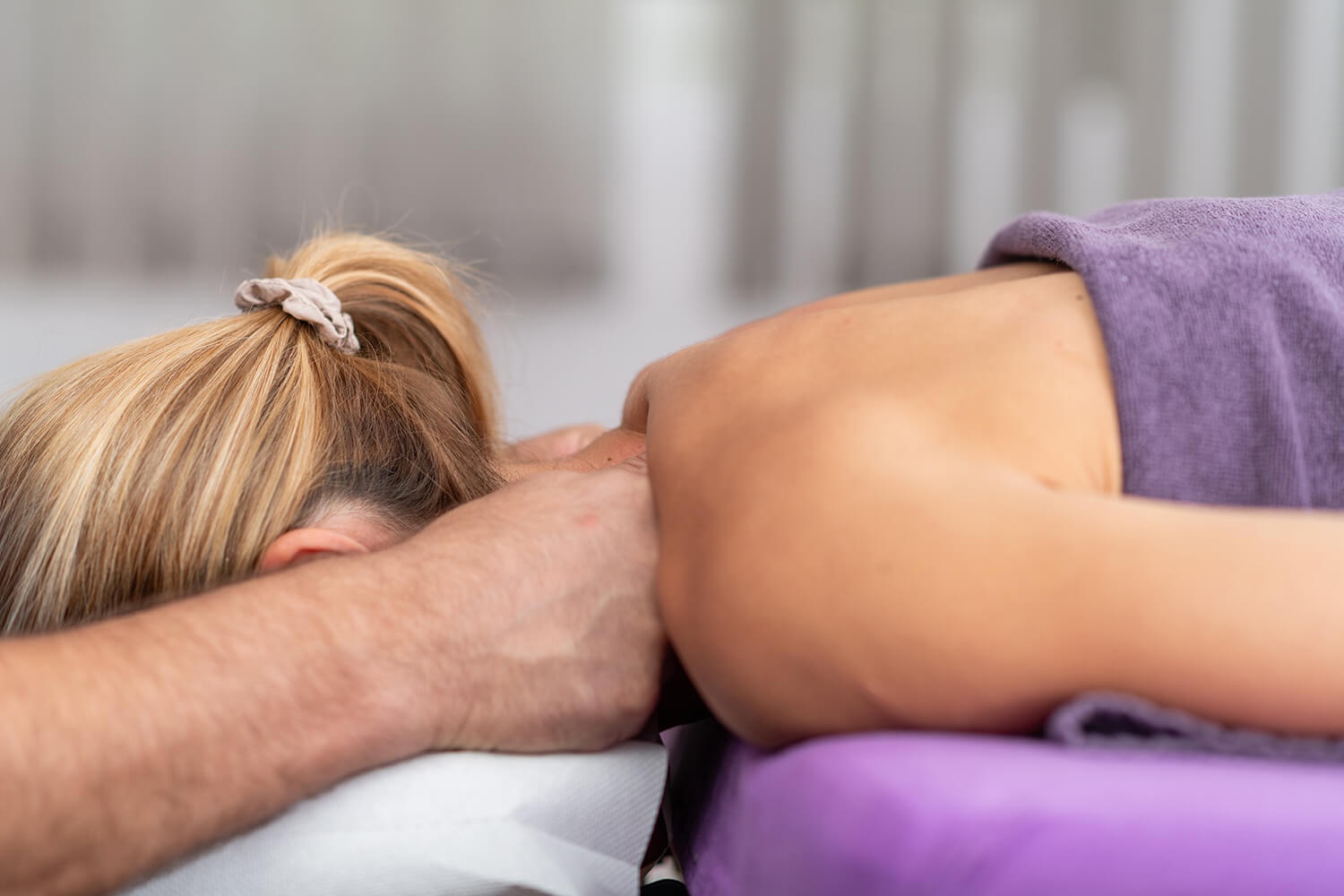

Neuromuscular Therapy (NMT)
Neuromuscular Therapy (NMT) is a specialized form of manual therapy that focuses on the relationship between the nervous system and musculoskeletal pain.
Key Features
Key features include:
1. Pain Assessment: NMT involves a thorough assessment of pain patterns, muscle tension, and trigger points to identify the root causes of discomfort.
2. Trigger Point Therapy: Targets specific areas of muscle tightness, known as trigger points, that can refer pain to other areas of the body.
3. Muscle Relaxation: Aims to release tension in the muscles through various techniques, including deep pressure, stretching, and positional release.
4. Improved Function: NMT not only alleviates pain but also helps restore normal functioning of the muscles and joints.
5. Holistic Approach: Considers the entire body and its systems, addressing physical, emotional, and postural aspects that may contribute to pain.
Frequent Uses
Overall, Active Release Therapy is a dynamic and effective approach to soft tissue rehabilitation and performance enhancement.
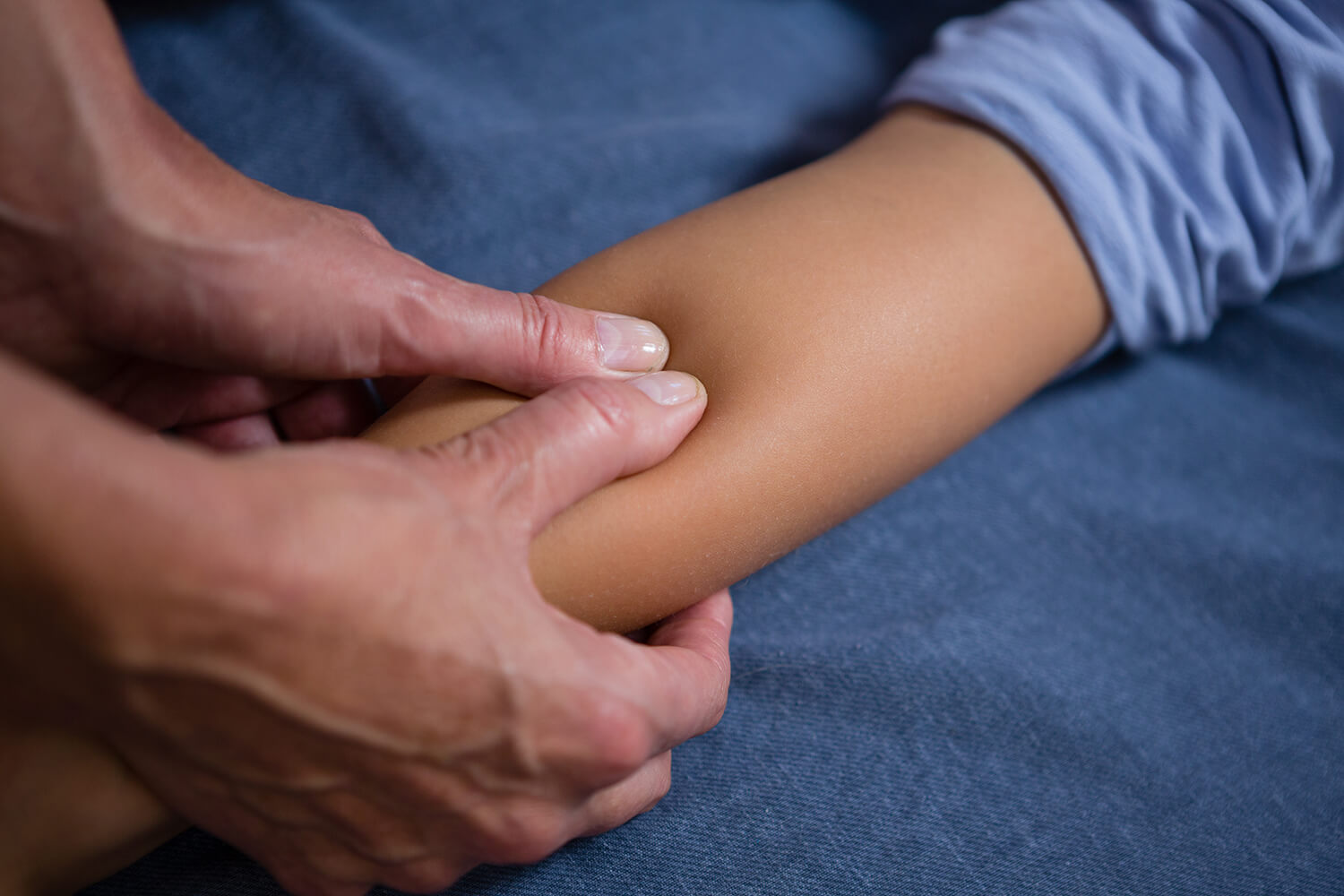
Neurodynamic Massage Therapy
Neurodynamic Massage Therapy is a specialized form of massage that focuses on the nervous system’s health and its interaction with the musculoskeletal system.
Key Features
Key features include:
1. Nerve Mobility: The therapy emphasizes the movement and mobility of nerves throughout the body, addressing restrictions that can lead to pain or dysfunction.
2. Assessment: Practitioners assess how nerves and surrounding tissues respond to movement, identifying areas of tension or entrapment.
3. Techniques: It incorporates specific massage techniques combined with movements that facilitate nerve gliding and reduce tension in the nervous system.
4. Pain Relief: By improving nerve mobility, this therapy aims to alleviate symptoms such as numbness, tingling, and pain associated with nerve compression or irritation.
5. Holistic Approach: It considers the entire nervous system and its relationship with muscles and fascia, promoting overall health and function.
Frequent Uses
Neurodynamic Massage Therapy is beneficial for individuals experiencing nerve-related issues or those recovering from injuries that affect the nervous system.
Let us help you feel your best!
(954) 489 8262
(617) 462 1792
Primary Number
mark@stretchflexibility.com
2208 NE 11th Ave, Wilton Manors Fl 33305
Business Hours
Tue – Friday — 9:00am – 6:00pm
Saturday — 9:00 am – 5:00 pm

